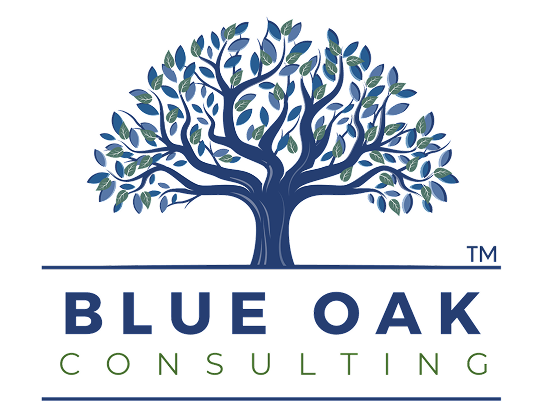From quick wins to long-term plays—here’s how to reduce costs without sacrificing performance.
Let’s be real—cost pressure never lets up in manufacturing.
Raw materials go up. Energy spikes. Labor gets tighter.
And somewhere in the middle, you’re trying to stay competitive and profitable.
But here’s the thing: cost reduction isn’t about slashing budgets and hoping for the best.
It’s about designing smarter systems that run lean, adapt fast, and scale with confidence.
Let’s break down a roadmap that helps you do just that—without compromising quality or burning out your team.
Phase 1: Lay the Groundwork (0–6 Months)
Start here—where cost savings are immediate and visible.
✔ Audit Your Processes
Don’t guess where waste lives. Find it.
- Use value stream mapping to spot bottlenecks
- Look at defect rates, delays, and rework patterns
- Talk to the people closest to the work
✔ Train for Lean & Six Sigma
A few power users can drive real change.
- Train leads or operators in core tools and techniques
- Focus on what’s actionable, not academic
✔ Pilot Small Automation Projects
You don’t need robots everywhere—just where they make the biggest difference.
- Pick a high-volume, high-error task
- Measure productivity, accuracy, and downtime reduction
Small wins now set the stage for bigger change later.
Phase 2: Scale Smart (6–18 Months)
Once the foundation is in place, start scaling intentionally.
✔ Expand Automation (Where It Pays Off)
Look at lines or steps with consistent volume and labor strain.
- Think pick-and-place, inspection, packaging
- Tie automation to clear ROI—not just “cool factor”
✔ Optimize Inventory with Data
JIT isn’t just a buzzword—it’s a margin protector.
- Use predictive tools or ERP systems to avoid overstock
- Monitor lead times closely and adapt fast
✔ Strengthen Supplier Relationships
Cost savings aren’t always in negotiation—they’re in collaboration.
- Lock in long-term pricing
- Co-develop solutions
- Share forecasts to reduce rush orders and late fees
Phase 3: Go Digital, Think Long-Term (18+ Months)
This is where innovation becomes your competitive edge.
✔ Go Full Industry 4.0
Bring in IoT, AI, and real-time data for better decisions.
- Predictive maintenance = less downtime
- Smart sensors = tighter quality control
- Analytics = more informed strategy
✔ Audit and Optimize Energy Use
Sustainability isn’t just good PR—it’s a cost win.
- LED lighting, HVAC controls, machine shutoff protocols
- Solar or energy-efficient machinery investments
✔ Create a Culture of Continuous Improvement
This is the long game.
- Encourage every level of the team to suggest improvements
- Celebrate small wins
- Build KPIs and feedback loops into daily rhythms
Manufacturers that adopt lean manufacturing strategies see real, measurable gains. According to Six Sigma US, companies that apply structured lean practices can reduce costs by up to 40%, especially when focused on waste elimination, inventory control, and continuous process improvement. These aren’t one-off wins—they build compounding value over time.
Innovate Where It Counts
The best cost strategies aren’t reactive. They’re repeatable, scalable, and built into how your business runs.
✔ Cut waste, not corners
✔ Build systems that pay off twice—first in savings, then in performance
✔ Use technology with intention
✔ Make improvement part of the culture
That’s how you don’t just survive pressure—you grow through it.
👉 Learn more at blueoakconsulting.net





